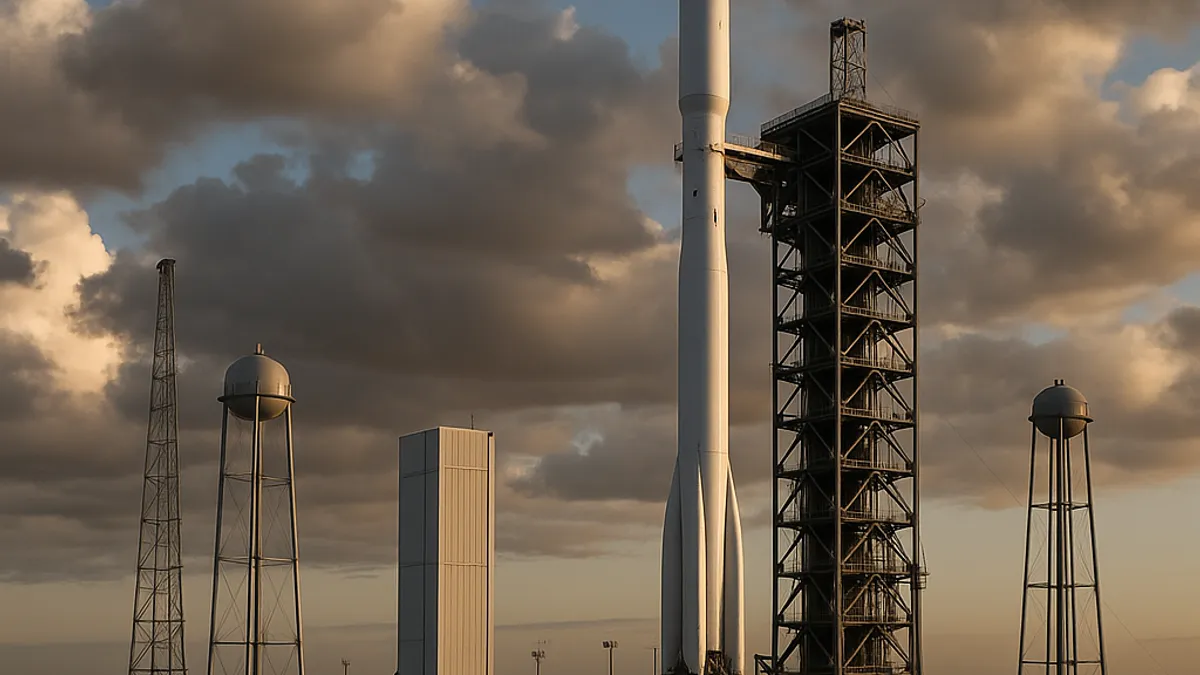Cross-Vendor Flight Systems Go Live as Airbus, Boeing, Thales Showcase Plug-and-Play at Dubai Airshow
Aerospace OEMs and system suppliers moved interoperability from slideware to show floor this month. Live demos at Dubai Airshow and new open-standard alignments in space communications and air traffic data signal a step-change for cross-vendor integration.

Interoperability Takes the Main Stage at Dubai Airshow
On November 18–21, 2025, live demonstrations at the Dubai Airshow moved aerospace interoperability from theory to practice, with Airbus, Boeing, and Thales showcasing plug-and-play avionics integrations across mixed fleets. Using open architectures like the Future Airborne Capability Environment (FACE) and standardized cockpit interfaces, OEMs and suppliers coordinated cross-vendor avionics components to run on shared platforms without bespoke rewrites, a milestone for lifecycle cost reduction and faster upgrades.
In booth demonstrations and technical briefings, avionics suppliers including Collins Aerospace and Honeywell Aerospace highlighted real-time compatibility between display systems and flight management applications via common data models and APIs. For more on related gaming developments. The emphasis: get certified software modules to run across different hardware stacks with minimal integration friction, aligning with the Open Group’s FACE standard, as detailed by the consortium’s technical resources here and broader avionics interface work like ARINC 661—context from SAE’s standards overview.
Space Networks Align on CCSDS and Lunar Interop
In parallel, space communications teams this month advanced alignment around CCSDS protocols to enable multi-agency interoperability for lunar and deep-space links. Agency briefings referenced the ongoing LunaNet architecture and CCSDS profiles—see background from NASA on LunaNet and the CCSDS standards catalog—focusing on standardized delay-tolerant networking and cross-network service discovery so missions can roam across partner infrastructure.
Industry system integrators, including Lockheed Martin and Northrop Grumman, said the latest tests reduce bespoke mission interface work by pushing common service layers for telemetry, tracking, and command into reference designs. This aligns with recent technical guidance on DTN/BPsec adoption—see overview from the IETF DTN community—and complements commercial LEO constellation efforts where cross-operator handoffs are being scoped for resilience. For more on related Aerospace developments.
...